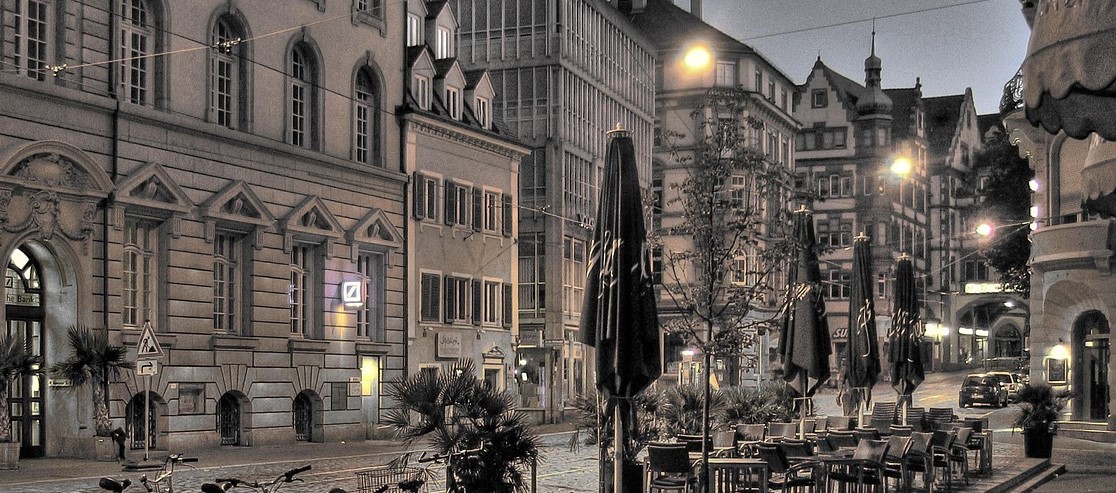A website that has nice images is more appealing to its visitors. It makes your audience feel that they are seeking information from the right source. In fact, images help in putting more emphasis on your agenda. A website that has text only is very boring because the visitors are not able to relate to whatever the content is about. Some website owners regard images as accessories that help in making a portal look more attractive. Images are actually used by search engines to rank your content. Images can therefore lead to more conversions. This is where most web admins get it wrong. They add irrelevant images and fail to label them. These are just a few mistakes that website owners make. Below are tips that can guide you when adding imagery into your website.
Utilize Emotions into Imagery
When looking for pictures to add into your website, you should select those that will stir positive emotions. This is because people are influenced by the emotions they get when they stare at images. For instance, if you sell wellness products, you should only use images of people who look relaxed and healthy. Such images will be more convincing to your target audience as opposed to when you use images of people that look sickly or products without human aspect.
Use High Quality Images
Never add pictures just for the sake. The images that you put on your website tell a lot about your business. Visitors will hesitate in trusting a website that doesn’t have a professional look. It’s therefore advisable you stick to high quality images. In fact, it’s better not to have images than to have blurred pictures. If you have ever visited a photography website, you will realize that they use images that highlight on all the fine details. The good thing is that nowadays there are many photo editing tools that are available for free on the internet.
Crop Large Images
Although large images look great, they don’t always create the right impression the visitors. When you use large pictures, they tend to slow down the loading period of your website. This is because bigger images carry more graphics. The problem with reduced loading speed is that it tends to drive away potential customers. Internet users are very mean with their time and if a website is taking ages to load on their device, they will look for another that loads much faster. You should therefore consider trimming your images to at least medium size.
Label the Images
The description of images determines how a website will rank in the search engine results. If your pictures don’t have caption, people will not be able to understand the message that you are trying to push home. Images that don’t have any caption will normally rank poorly. When labeling your images, you should ensure you use keywords because they help in boosting your visibility on the internet.
Pick Relevant Images
The pictures you put on your website should not steer away from your objective. This means that the images should match with the subject of discussion. It’s therefore important to only select relevant images. If you don’t have relevant images, you can get free pictures from the internet. But if you want the best pictures, you should consider subscribing for Getty Images because they come with unlimited rights. Even if you are broke, you can use mascots because they are much cheaper and are not easily forgotten by visitors. There are various tools that you can use to cartoon images.





